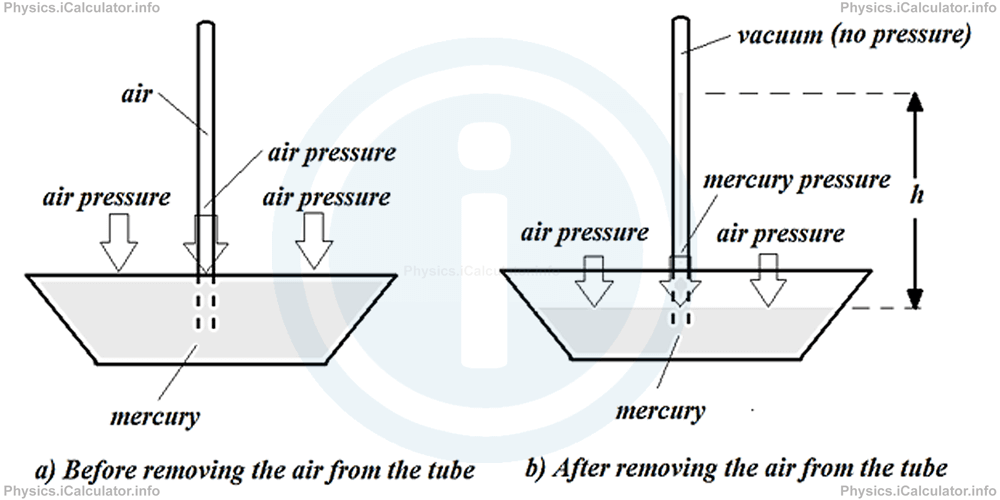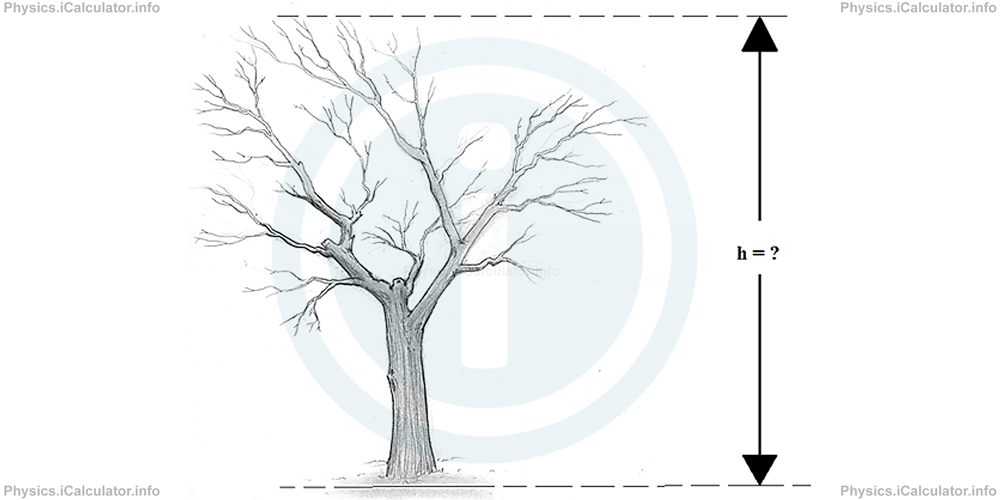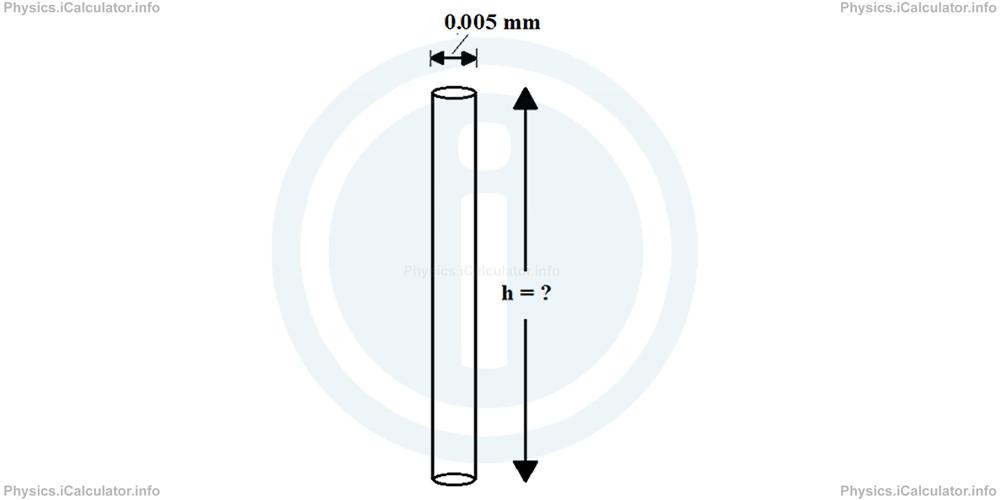Menu
Physics Lesson 9.7.3 - Capillarity
Please provide a rating, it takes seconds and helps us to keep this resource free for all to use
Welcome to our Physics lesson on Capillarity, this is the third lesson of our suite of physics lessons covering the topic of Adhesive and Cohesive Forces. Surface Tension and Capillarity, you can find links to the other lessons within this tutorial and access additional physics learning resources below this lesson.
Capillarity
As stated in the Physics tutorial "Gas Pressure", capillarity is the phenomenon of a liquid's raise through a narrow tube due to the change in air pressure.
Mercury barometers are examples of the capillarity effect application in practice. When there is a difference in pressure above the surface of mercury in the narrow tube when we remove the air from it by creating a vacuum, mercury rises at a higher position compared to the surrounding surface in contact with air.

Other examples of capillarity include the raise of water from the roots to the highest parts of a tree, the circulation of blood throughout the human body even when we are standing up, the use of straws to drink juices by removing the air in the upper part of the straw, etc.
When liquids are in narrow tubes, their level increases until the weight of the raised liquid balances the force of surface tension. This helps us calculate the height of a liquid inside a narrow tube in respect to the surrounding part of liquid whose upper surface is in contact with the atmosphere, such as in the case of the difference in heights of a mercury barometer as the one shown above.
Example 2
What is the height of a tree if we assume its capillary tubes starting from the roots and going up to the highest leaves as uniform (they have the same thickness everywhere)? All capillary tubes are used to carry water (ρwater = 1000 kg/m3 = 103 kg/m3) and they are assumed as cylindrical shaped of base diameter equal to 0.005 mm. Take the surface tension of water equal to 72.8 mN/m and g = 9.81 m/s2.

Solution 2
We take capillaries as the cylindrical tube shown below.

As explained in theory, the balance is reached when the weight of the raised water is equal to the surface tension force. Thus,
mwater × g = γwater × 2 × π × rb
ρwater × Vwater × g = γwater × 2 × π × rb
ρwater × Vwater × g = 2 × γwater × π × rb
ρwater × π × rb2 × hwater × g = 2 × γwater × π × rb
ρwater × rb × hwater × g = 2 × γwater
hwater = 2 × γwater/ρwater × rb × g
Given that rb = d / 2 = 0.005 mm / 2 = 0.0025 mm = 0.0000025 m = 2.5 × 10-6 m and γ = 72.8 mN/m = 0.0728 N/m = 7.28 × 10-2 N/m, we obtain
= 5.94 m
Thus, the tree is 5.94 m high as this is the maximum height the water can reach when raising through the capillary tubes.
You have reached the end of Physics lesson 9.7.3 Capillarity. There are 3 lessons in this physics tutorial covering Adhesive and Cohesive Forces. Surface Tension and Capillarity, you can access all the lessons from this tutorial below.
More Adhesive and Cohesive Forces. Surface Tension and Capillarity Lessons and Learning Resources
Whats next?
Enjoy the "Capillarity" physics lesson? People who liked the "Adhesive and Cohesive Forces. Surface Tension and Capillarity lesson found the following resources useful:
- Capillarity Feedback. Helps other - Leave a rating for this capillarity (see below)
- Density and Pressure Physics tutorial: Adhesive and Cohesive Forces. Surface Tension and Capillarity. Read the Adhesive and Cohesive Forces. Surface Tension and Capillarity physics tutorial and build your physics knowledge of Density and Pressure
- Density and Pressure Revision Notes: Adhesive and Cohesive Forces. Surface Tension and Capillarity. Print the notes so you can revise the key points covered in the physics tutorial for Adhesive and Cohesive Forces. Surface Tension and Capillarity
- Density and Pressure Practice Questions: Adhesive and Cohesive Forces. Surface Tension and Capillarity. Test and improve your knowledge of Adhesive and Cohesive Forces. Surface Tension and Capillarity with example questins and answers
- Check your calculations for Density and Pressure questions with our excellent Density and Pressure calculators which contain full equations and calculations clearly displayed line by line. See the Density and Pressure Calculators by iCalculator™ below.
- Continuing learning density and pressure - read our next physics tutorial: Fluids. Density of Fluids
Help others Learning Physics just like you
Please provide a rating, it takes seconds and helps us to keep this resource free for all to use
We hope you found this Physics lesson "Adhesive and Cohesive Forces. Surface Tension and Capillarity" useful. If you did it would be great if you could spare the time to rate this physics lesson (simply click on the number of stars that match your assessment of this physics learning aide) and/or share on social media, this helps us identify popular tutorials and calculators and expand our free learning resources to support our users around the world have free access to expand their knowledge of physics and other disciplines.